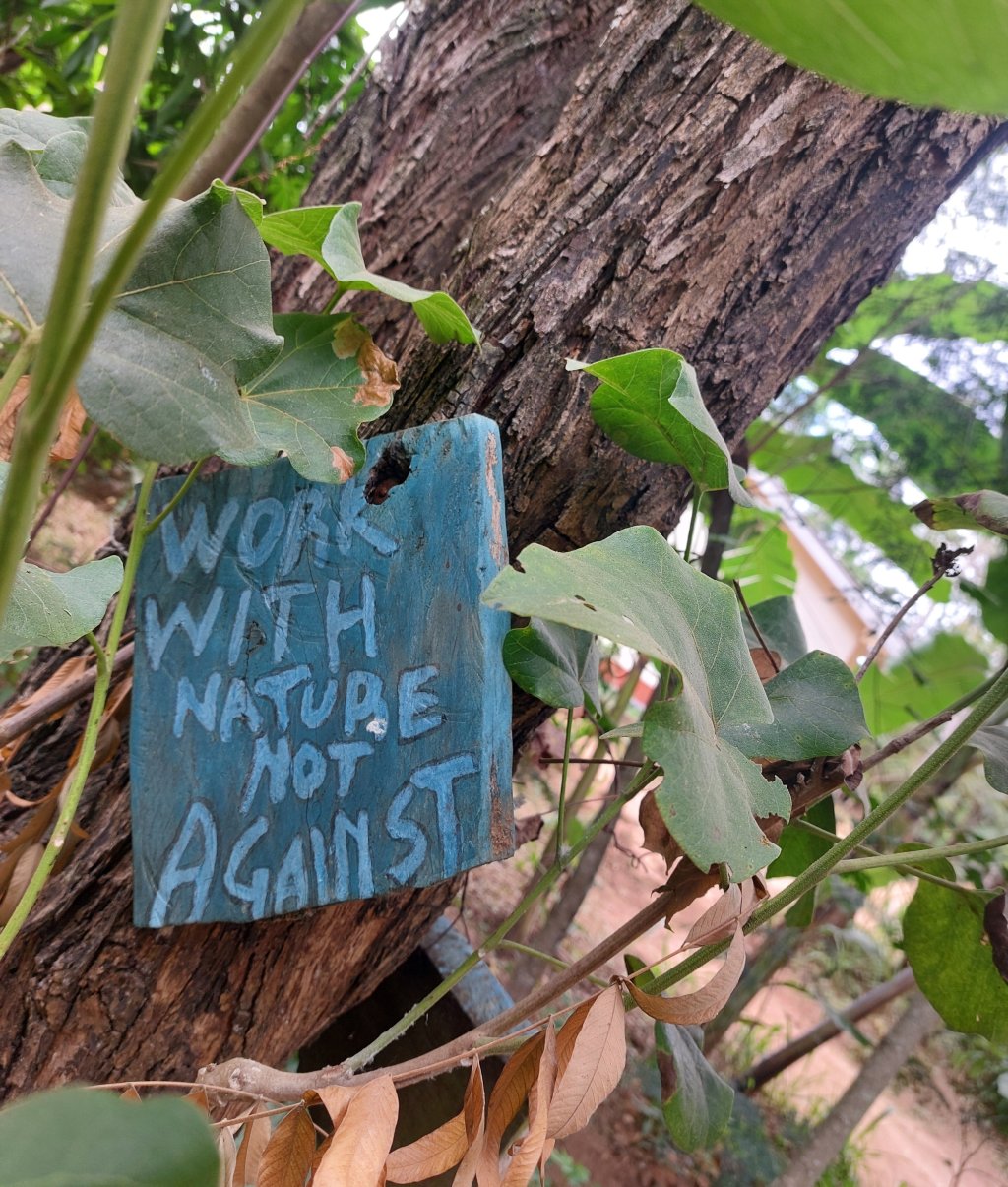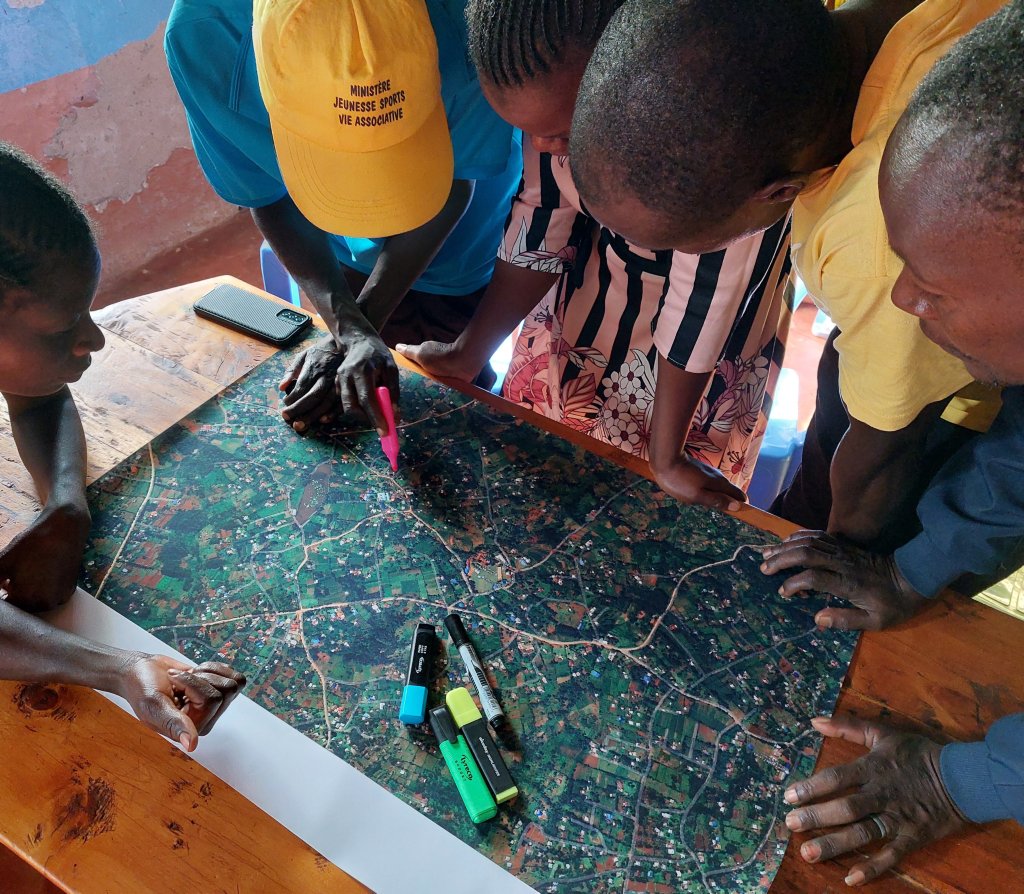Redesigning agricultural landscapes together with smallholder farmers in Kenya is a complex process: it is a battle for providing food on the table, money in the pocket and maintaining a thriving living environment. How can alternative crop rotations help achieve these aims and support farmers escape current challenges of food insecurity, poor soils, persistent crop pest and diseases, and their vulnerability to more extreme weather conditions due to climate change.
What needs would you prioritize to redesign agricultural landscapes?
Smallholder farmers in western Kenya struggle to maintain their livelihoods. The main staple food is maize, and most farmers therefore focus primarily on maize-bean rotations. As the population grows, developing promising new varieties and corresponding – often chemical – inputs to improve yields is seen as a route to combatting food insecurity. However, this monocropping also results in a lack of floral diversity and less diverse crop rotations. Currently, farmers suffer from food insecurity due to the extensive use of chemicals and persistent pest and diseases, and a lack of biodiversity. Combining these struggles with more extreme weather conditions, the future for these farmers is challenging. The aim of our landscape redesign project is to find alternative crop rotations which benefit the famers and their living environment for a long-term sustainable future.
The design of alternative crop rotations as input for landscape level modelling in Landscape IMAGES, allows us to not only reflect on the agronomic performances, but also take into consideration the economic and social aspects of farming. Based on the farming practices by experienced permaculture farmers, we translated principles into a list of requirements to develop alternative crop rotations. Then, together with the farmers, we reflected on these alternative rotations to the common maize-bean and found opportunities for improving a majority of sustainability parameters. However, this can only be achieved at the cost of the total maize productivity, an important aspect of the social and nutritional culture for these farmers.
Smallholder farmers are extremely vulnerable to extreme weather and its consequences, as well as to economic shocks such as rising input costs. A permaculture approach to farming is a promising solution to reduce their vulnerability while strengthening the environment by working with nature. The modelling shows that alternative rotations have promising results, but are not enough to fulfil all the farmers’ needs simultaneously and sufficiently. For example, while dietary needs can be improved, it is still questionable whether this would be sufficient at all times for everyone. Therefore, it is important to further increase the natural flows in a landscape by, for example, planting more trees and ensuring that resources entering the farming system are sustainably managed.



